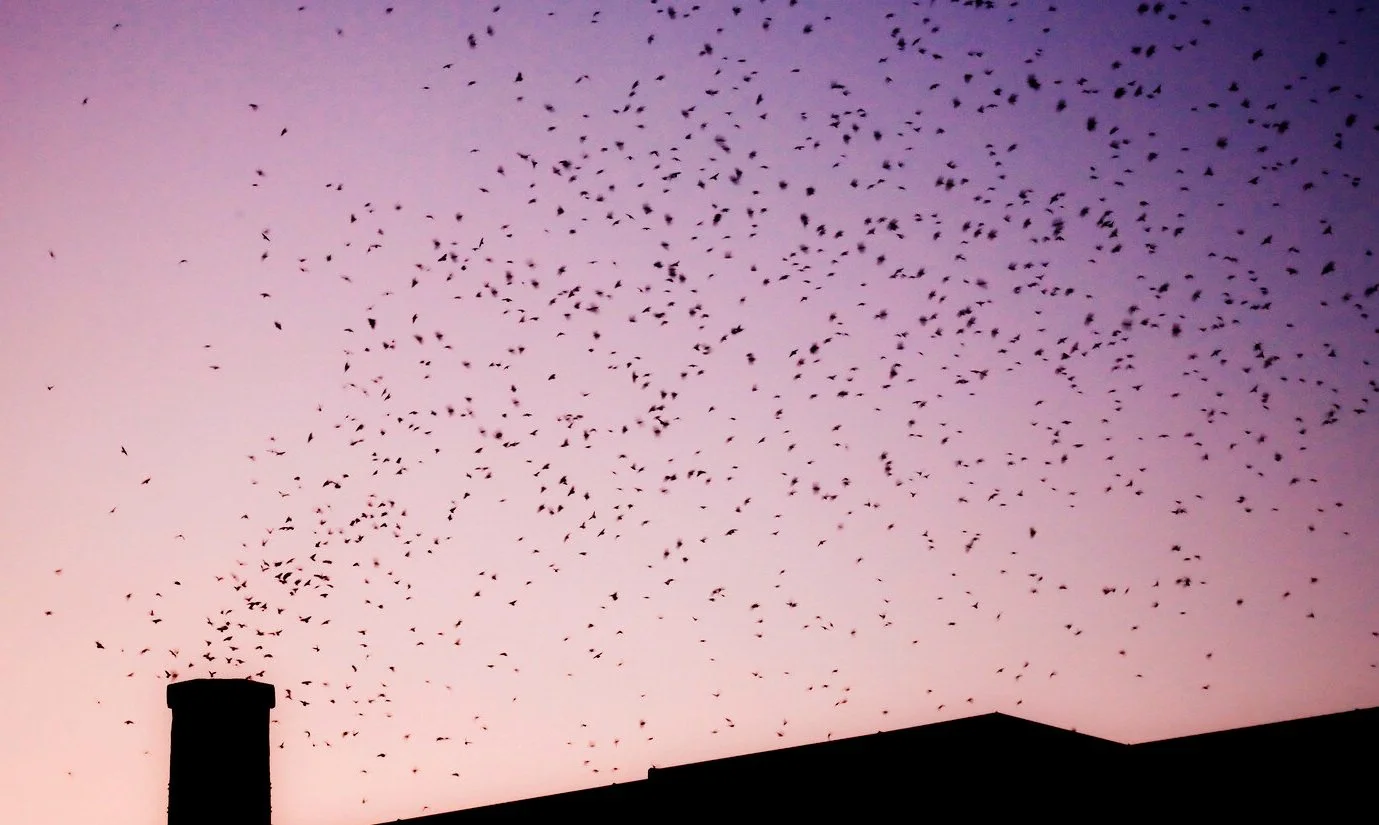Above the swallows and dragonflies, about 100 to 200 feet above the prairie, I observed about 60 birds flapping, gliding, then changing directions suddenly. Their wings were longer and pointed, with white patches—Common Nighthawks!
Photo by Gary Shackelford









